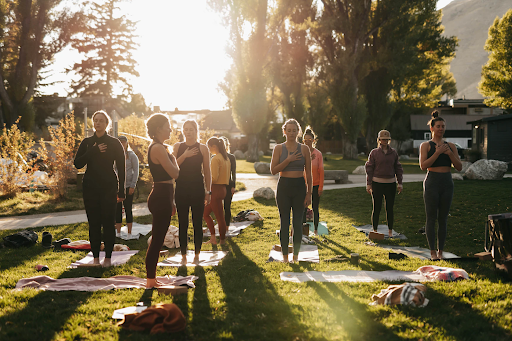How The New Year Is Celebrated In South Korea

Unsplash: zero take

In South Korea, there are two New Year celebrations: one on January 1st and another at the start of the Lunar Calendar, commonly known as Seollal (설날). Korean New Year traditionally falls in January or February, on the second moon following the winter solstice.
Seollal (설날) or Korean New Year is one of the most important Korean holidays and it lasts up to three days. During this time, many Koreans spend time with their families and loved ones. They take part in important ancestral rituals, eat traditional foods, and even wear hanbok (한복), traditional Korean clothing.
Korean New Year Tradition: Sebae
세배 (sebae) is the act of kneeling and bowing on the ground, as a sign of respect and a way to wish the elders a happy new year. It is customary to wear a hanbok when doing the ritual bow because sebae is known as a very important part of the tradition.
When bowing, you can say the phrase 새해 복 많이 받으세요 (saehae bok mani badeuseyo), which means “Please receive a lot of luck in the new year.” Elders usually reward the gesture with pocket money in silk bags.Korean New Year Tradition: Charye
차례 (charye) is another ritual that describes the honoring of ancestors during the Korean Lunar New Year. Typically, traditional Korean food is prepared and spread out on the table to offer to ancestors as a gift.
When it comes to preparing the table for Seollal, there are special rules that must be observed. For example, food must also be made with care and consideration. Fresh ingredients are required, and foods with strong odors such as garlic and onions are avoided since they are believed to ward off ancestors.
Korean New Year Tradition: Folk Games
On Seollal, many adults and children enjoy playing Korean folk games. Here are a few examples of traditional games:
Seollal or Korean New Year is just like any other New Year holiday. It is a way of ringing in the new year by honoring Korean heritage and celebrating with family. So to all celebrating this glorious holiday, may you receive a lot of luck this new year!


